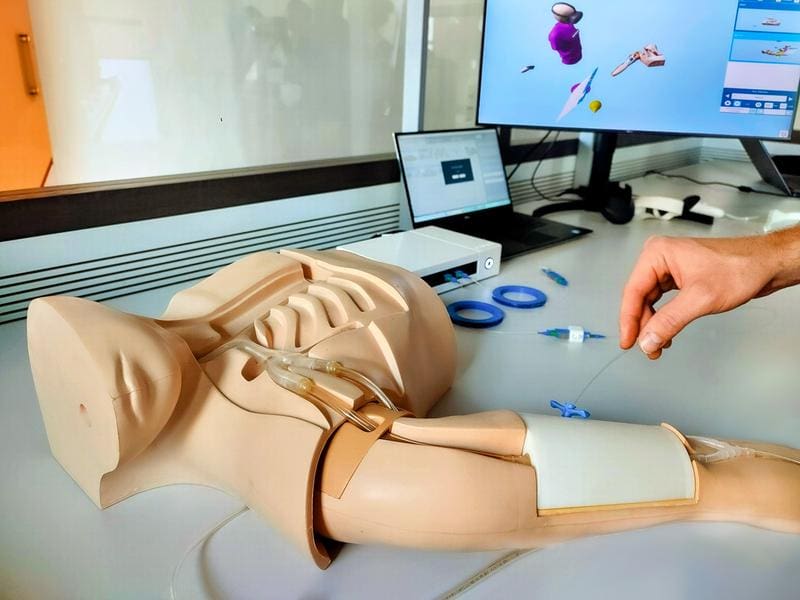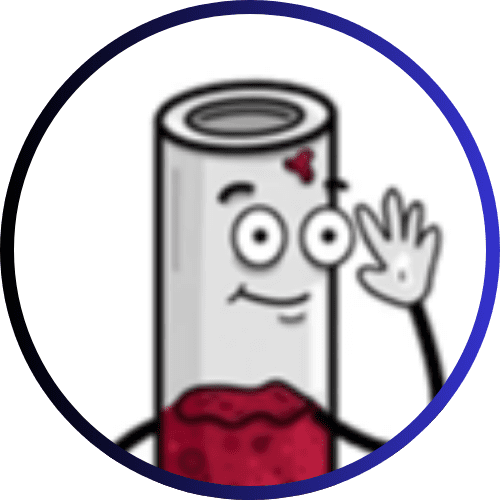Thuringia consolidates its position as a centre for sensor technologies
The Federal Ministry of Research, Technology and Space has funded the regional research alliance QUANTIFISENS in Thuringia with around twelve million euros. The project has developed new sensor technologies based on fibres and quanta and strengthened Bavaria as a leading centre for optical speciality fibre technologies.
Sensors play a central role in the age of artificial intelligence, as they provide detailed insights into the environment and the human body. The development of small, precise and durable sensors is therefore of great importance.
Thuringia has a long tradition in the development of optical technologies. As part of the RUBIN funding programme, eleven companies and two research institutions have joined forces to form the QUANTIFISENS alliance over the past three years. The funding was used to develop novel sensors based on special glass fibers.
A key result is a self-navigating fiber probe for imaging procedures in the operating room. It enables doctors to visualize tissue in the body, such as the heart, through laser illumination and various imaging modes. The probe detects its position by changing the laser radiation, combined with calibration methods and AI-supported data analysis, and eliminates the need for X-rays. VR glasses show the images in real time and open up possibilities for gentler interventions. A demonstrator is ready for further testing.

Another advance concerns the use of optical fibers to capture acoustic signals. Vibrations change the optical signals, which can be evaluated. Teams from the Fraunhofer Institute for Applied Optics and Precision Engineering and a telecommunications equipment supplier have developed special fibers that detect and distinguish between noise and temperature changes at the same time. Such cables can be laid in buildings to detect stresses in concrete or fire.
The Fraunhofer Institute for Applied Optics and Precision Engineering has contributed with its expertise in specialty fibers and quantum imaging. In quantum imaging, light beams are used to create sensitive images, for example in medicine or materials science, by exchanging information in a nonlinear crystal.
The project has created a strong regional network along the value chain. In the recycling phase that is now beginning, the results are to be converted into products. Talks are underway about follow-up projects in which hardware and software manufacturers work together, with a focus on artificial intelligence for signal analysis. QUANTIFISENS thus has a long-term effect and strengthens Thuringia’s role in photonic technologies.
Editor: X-Press Journalistenb├╝ro GbR
Gender Notice. The personal designations used in this text always refer equally to female, male and diverse persons. Double/triple naming and gendered designations are used for better readability. ected.




